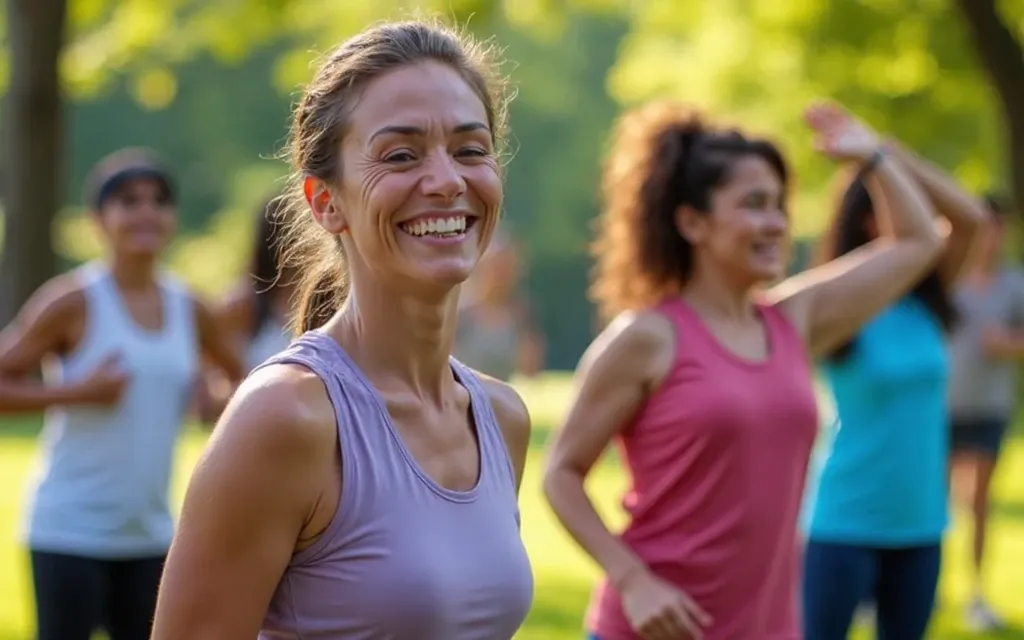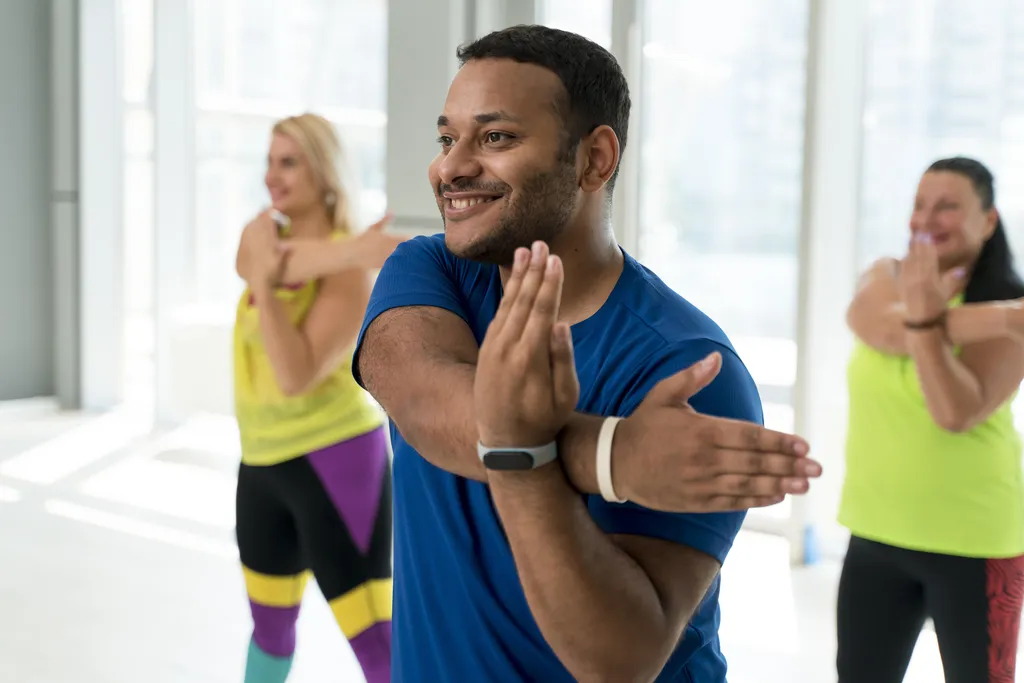Starting a new exercise routine can feel overwhelming, especially if you’re new to fitness or returning after a long break. The good news? You don’t need fancy equipment or hours at the gym to reap the benefits. With the right approach, anyone can build a sustainable, enjoyable workout habit that supports both physical and mental well-being. This guide breaks down the essentials—safety, planning, and beginner-friendly routines—so you can get moving with confidence and set yourself up for long-term success.
Why Exercise Matters: Proven Benefits for Body and Mind
Regular physical activity is one of the most powerful ways to boost your health. According to the Centers for Disease Control and Prevention (CDC), adults should aim for at least 150 minutes of moderate-intensity aerobic activity per week, such as brisk walking, along with muscle-strengthening activities on two or more days. Why? Exercise supports heart health, lowers blood pressure, helps manage weight, and reduces the risk of chronic diseases like diabetes and certain cancers.
But the benefits go beyond the body. Physical activity can improve mood, reduce symptoms of anxiety and depression, and enhance sleep quality. Walking, for example, has been shown to release endorphins, lighten your mood, and even slow cognitive decline in older adults. Studies also show that regular exercisers enjoy a longer lifespan and a better quality of life.
Whether you’re looking to boost energy, manage stress, or simply feel better day-to-day, starting an exercise routine is a proven step toward a healthier, happier you.
Safety First: Setting Yourself Up for Success
Before you lace up your sneakers, take a few simple steps to ensure your exercise journey starts safely. First, check with your healthcare provider, especially if you have any chronic conditions, are over 45, or haven’t exercised in a while. A medical check-up can identify any health concerns and help tailor your routine to your needs.
Next, start slow and listen to your body. Many beginners make the mistake of doing too much, too soon, risking injury or burnout. Begin with short sessions—10 to 20 minutes of light activity—and gradually increase duration and intensity as your fitness improves. Always warm up with gentle movements (like marching in place or arm circles) and cool down with stretching to prevent muscle soreness and improve flexibility.
Stay hydrated by drinking water before, during, and after exercise. Wear comfortable, supportive shoes—consider insoles if you have foot discomfort or need extra cushioning, as they can help reduce fatigue and support proper alignment. If you experience dizziness, chest pain, or unusual discomfort, stop exercising and consult a professional.
Remember: Progress is personal. Celebrate small wins, and don’t compare your journey to others. Safety and consistency matter more than speed.

Beginner-Friendly Workouts: Walking and Low-Impact Options
You don’t need a gym membership to get moving. Walking is one of the safest, most accessible forms of exercise, and it’s easy to tailor to your fitness level. Start with a 10-15 minute walk at a comfortable pace, gradually increasing to 30 minutes most days of the week. Brisk walking counts as moderate-intensity exercise, which means you should be able to talk but not sing while moving.
Low-impact cardio options—like stationary cycling, swimming, or beginner-friendly aerobic routines—are gentle on joints and suitable for most people, including those with knee or hip concerns. Try a 20-minute low-impact circuit:
- 1 minute low-impact jumping jacks
- 1 minute skaters (side-to-side steps)
- 1 minute squat-to-jab
- 1 minute standing oblique crunch
- Repeat circuit, resting as needed
Strength training is also important. Use your body weight for squats, lunges, wall push-ups, and planks, or try resistance bands and light dumbbells if available. Aim for two days a week, focusing on all major muscle groups.
Sample Weekly Beginner Workout Plan
| Day | Activity | Duration |
|---|---|---|
| Monday | Brisk walk | 15–30 min |
| Tuesday | Bodyweight strength (full body) | 20 min |
| Wednesday | Low-impact cardio circuit | 20 min |
| Thursday | Rest or gentle stretching | 10–15 min |
| Friday | Brisk walk | 15–30 min |
| Saturday | Strength training | 20 min |
| Sunday | Rest or light activity | — |
Remember, the best exercise is the one you enjoy and can stick with. Mix and match activities to keep things fun and motivating.

Building Healthy Habits: Motivation and Consistency
Starting is important, but sticking with your routine is where real change happens. Set realistic, specific goals—like “walk 20 minutes after dinner three times this week”—instead of vague resolutions. Track your progress with a journal or fitness app, and celebrate milestones, no matter how small.
Find ways to make exercise enjoyable. Listen to music, join a friend, or explore new walking routes. If you miss a day, don’t get discouraged; focus on getting back on track. Remember, consistency is more important than perfection.
Create a supportive environment. Lay out your workout clothes the night before, schedule exercise like an appointment, and remove barriers (like uncomfortable shoes—consider insoles for added comfort if needed). If motivation dips, revisit your reasons for starting and visualize the benefits you’re working toward.
If you ever feel stuck or unmotivated, seek support from online communities, local walking groups, or even professional trainers. The journey is easier—and more fun—when you don’t go it alone.
Stretching, Recovery, and Listening to Your Body
Proper recovery is just as vital as the workout itself. Always end your session with a cool-down—walk slowly for a few minutes, then stretch major muscle groups to maintain flexibility and reduce soreness. Focus on gentle, controlled stretches, holding each for 15–30 seconds without bouncing.
Rest days are essential for muscle repair and overall well-being. Aim for at least one or two rest days per week, especially if you’re doing strength training. Listen to your body: If you feel unusually fatigued, sore, or unwell, take a break or adjust your routine. Persistent pain or discomfort is a signal to consult a healthcare professional.
Hydration and nutrition play a role in recovery, too. Drink water throughout the day, and fuel your body with balanced meals rich in protein, healthy fats, and complex carbohydrates.
If you experience foot discomfort during or after exercise, supportive insoles may help reduce fatigue and improve alignment. However, if pain persists, consult a podiatrist or medical professional for personalized advice.

Key Takeaways: Your Path to Lifelong Fitness
Starting an exercise routine doesn’t have to be complicated or intimidating. Focus on safety, start with simple activities like walking and low-impact cardio, and build up gradually. Set realistic goals, celebrate progress, and make movement a regular, enjoyable part of your life.
Remember:
- Check with your doctor before starting, especially if you have health concerns
- Start slow, warm up, and cool down
- Choose activities you enjoy and can sustain
- Listen to your body and rest as needed
- Support your feet with proper footwear and insoles if necessary
- Seek support and stay motivated
With patience and consistency, you’ll build a foundation for better health, more energy, and greater confidence—one step at a time.
Reference
CDC: Physical Activity Guidelines for Adults
Healthline: How to Start Exercising
Arthritis Foundation: 12 Benefits of Walking
CT.gov: The Safe Way to Exercise


